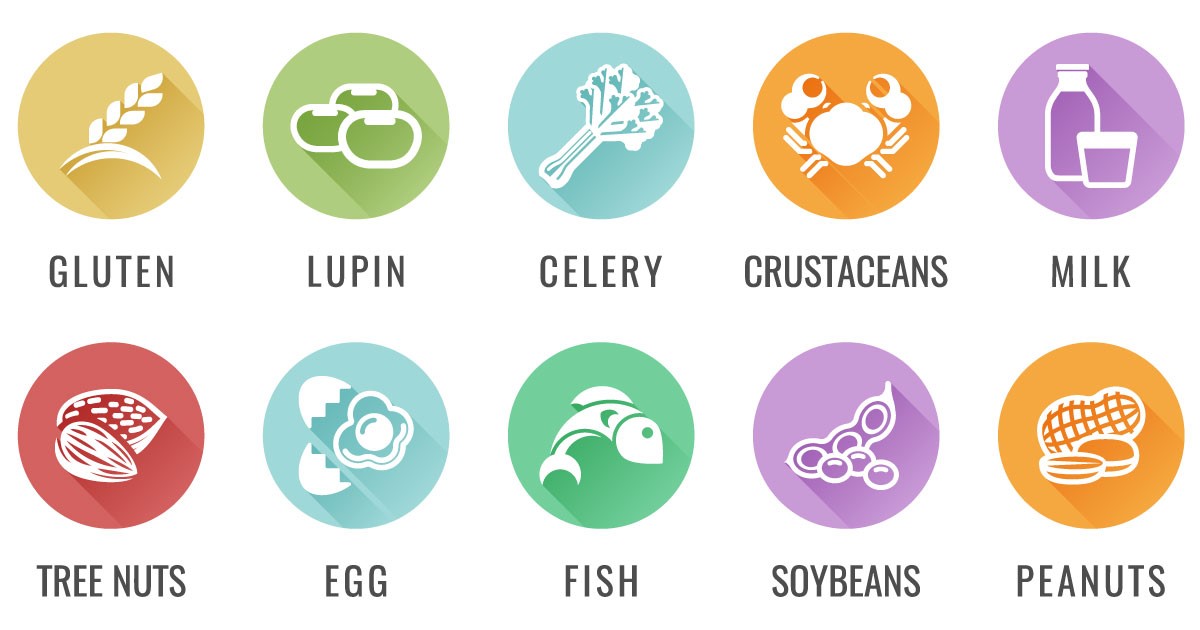By Tracy Stuckrath
A SPECIAL SECTION BROUGHT TO YOU BY MEETING PROFESSIONALS INTERNATIONAL


You’ve just arrived at the hotel for your company’s sales meeting. It’s your first time attending since your accident, so you’re excited to be here. You see people you know and make plans to join them at the opening reception.
Before leaving registration, you ask if the reception will be wheelchair accessible and about the process to obtain the food options necessary for your dietary needs. The staff says some areas are accessible and just ask a waiter.
When you arrive at the reception, you see it’s on the beach except for the narrow ramp overlooking the event. Access to the buffets, seating and your colleagues is impossible. When you ask a server for food, they are unaware of your dietary needs. It only took 15 minutes of looking at the event from afar for you to leave feeling left out, overlooked, unappreciated and hungry.
This story may seem a bit extreme, but it’s real and representative of an everyday occurrence for many with disabilities—visible and invisible.
We all know about mobility, vision and hearing disabilities. Did you know that kidney disease, Celiac disease, diabetes and food allergies are considered invisible disabilities? Did you know that people who follow medically necessary diets have the same protections afforded by the Americans With Disabilities Act of 1990 (ADA) as others with disabilities?
The ADA defined disability as any physical or mental impairment that substantially limits one or more major life activities. The act’s 2008 amendment was written to clarify and broaden that definition of a disability, add additional terminology to major life activities—such as eating, digestive system, immune system, cardiovascular system—and, in turn, to provide civil rights protections to individuals who must adhere to specific medically necessary diets.
These invisible disabilities affect many people, and it’s important to be mindful of them when planning event menus. Following are some of the most commonly encountered food-related invisible disabilities, and ways to keep them in mind when hosting food functions.

- Food Allergies. Triggered by eating, touching or inhaling a food, reactions can range from mild (hives, coughing) to severe (throat closing, chest pain, fainting) and can be potentially fatal. Ask participants if they have food allergies and how they’re triggered. Label all consumables with the allergens they contain and ensure the culinary staff are aware of what’s being served. Try to eliminate allergens from the menu altogether to reduce the number of special plates.
- A healthy diabetic meal is generally the same as healthy eating for anyone—low fat, moderate salt and sugar, lean protein, non-starchy vegetables, whole grains, healthy fats and fruit. Avoid serving heavily processed foods, fried foods, added sugar, excess butter, cheese and/or oils.
- Chronic Digestive Disorders. Many triggers for these disorders—Celiac disease, Crohn’s, diverticulitis, colitis and even cancer—require the avoidance of specific foods to dodge severe pain or a visit to the hospital.
- Heart Conditions. Some medications for heart disease don’t interact well with specific foods, decreasing the effectiveness and/or causing adverse effects—high blood pressure, heart failure and/or strokes.
When it comes to designing universally accessible food and beverage event spaces there are other disabilities to also consider, such as mobility, sight and hearing.
At a conference a few years ago, I asked two people sitting together at a table if I could join them. To do so, I had to get a chair from another table. They told me they had asked the hotel staff to remove a few chairs so that they could pull their wheelchairs up to the table. The hotel removed ALL the chairs. This, inadvertently, required those in wheelchairs to eat alone or only with others in wheelchairs. It also took them both an extra 20 minutes to get to the room because they had to use several service elevators and hallways. Unfortunately, this is not an unusual experience for them.
This brings me to the following suggestions on how to provide for those with disabilities related to physically accessing food functions.
- Venue Selection. Consider routes to event spaces, clear and navigable signage, travel time and methods between spaces, location and use of accessible bathrooms and easy-to-use-and-reach doors and elevators.
- Design Elements. Be mindful of table height and width for seating and buffets as well as the difficulties a buffet or two-hand reception food may present someone using crutches, a cane or wheelchair. Ensure staff are on hand to offer help.
- Space Management and Access. Overcrowding event spaces may limit the ability of those with mobility devices to easily move through the space and/or find seating. Provide early access for those needing assistance or additional time to sit.
- Lighting and Sound. Adjust levels to support all forms of visual and auditory communication.
- Supply accessible transportation to/from all event venues, including the airport, train station, boats and any offsite events.
- Keep buffets to a minimum and/or provide assistance for people with mobility devices. Some buffets, bars and condiment stations could be out of reach via height and depth.
- Food Items and Service Ware. For people with limited manual dexterity, pre-cut food options and light-weight beverage containers with lids and straws are helpful.
- Avoid tie-back long tablecloths and skirting that can impede mobility device users if they get caught under wheels.
- Labeling, Menus and Signage. Use large text (18-point font minimum), sans serif fonts, no-gloss paper and/or high-contrast colors.
The spirit and intent of the ADA is to allow people with disabilities to have the same access as any other person attending an event. What often gets lost is that we typically design F&B events with budgets and themes in mind first and then access for all second.
While we feed people at events, the event’s main goal is to provide a method of communing, networking and building relationships. By not planning for accessibility for all potential participants, we apply implicit bias and infringe on the ability for those with disabilities to fully participate. This creates environments that are exclusive rather than inclusive.
Disabilities are not choices. They are diseases and/or conditions that require managing diets and accessibility very closely to maintain health, life, well-being and jobs.
We have legal, ethical and financial obligations to design event experiences that can be equally enjoyed by all. And, when we do we increase the opportunity to reach new audiences, improve the quality of our events and strengthen our reputations.
Tracy Stuckrath, CSEP, CMM, CHC, CFPM (MPI Georgia Chapter), is founder and chief connecting officer of Thrive! Meetings & Events. She is also one of the 15 million Americans with food allergies.